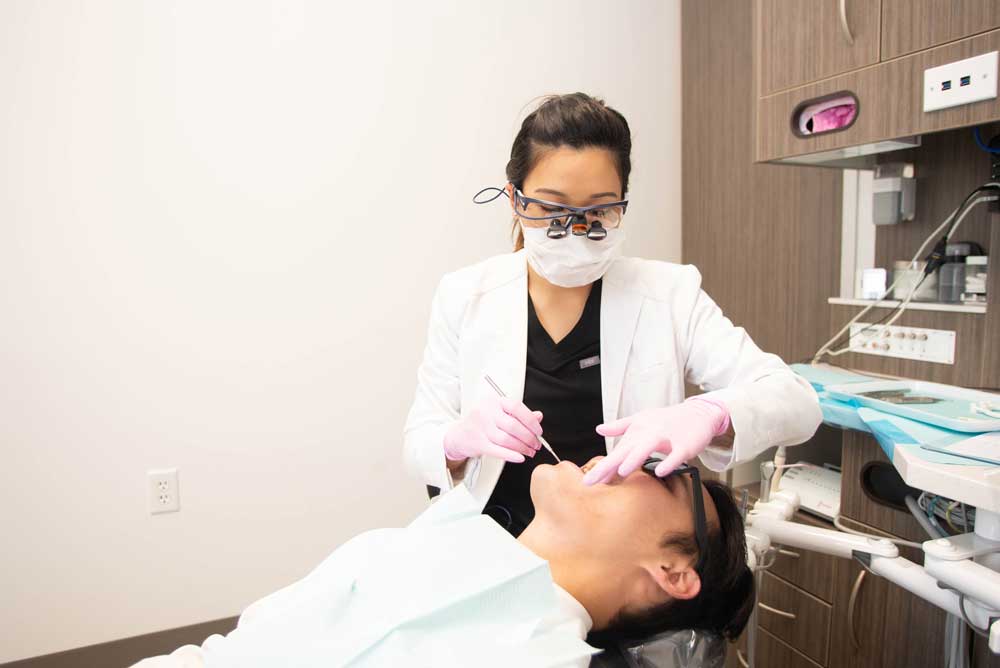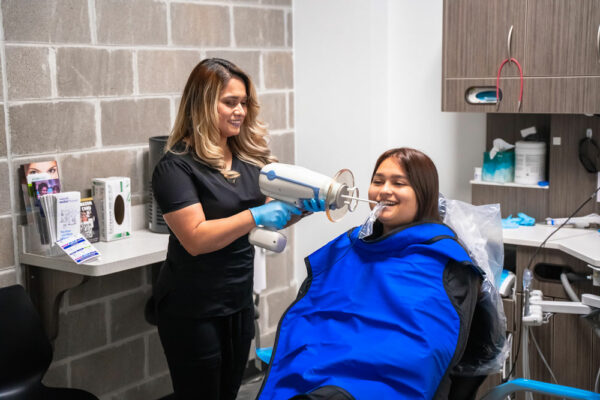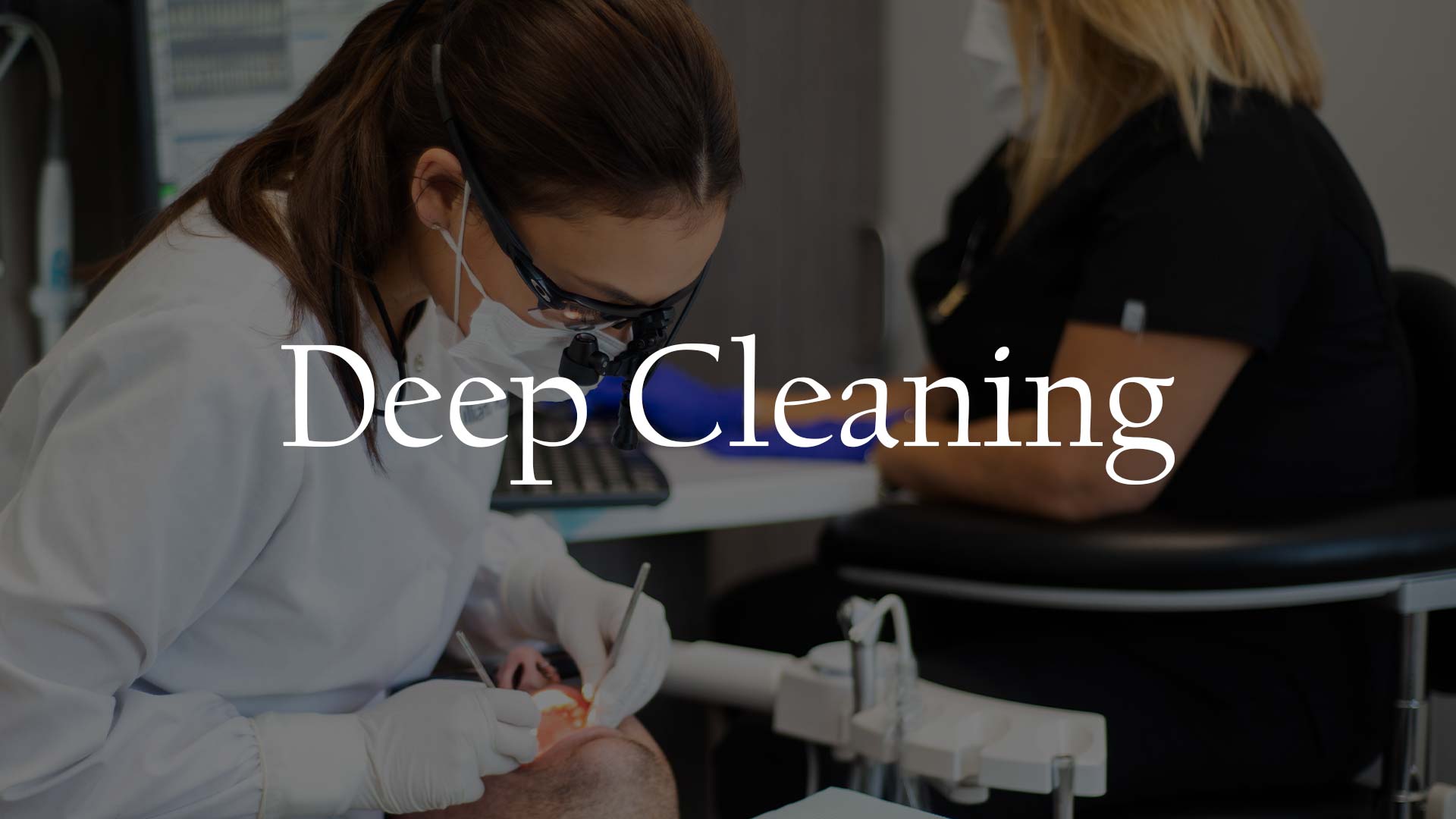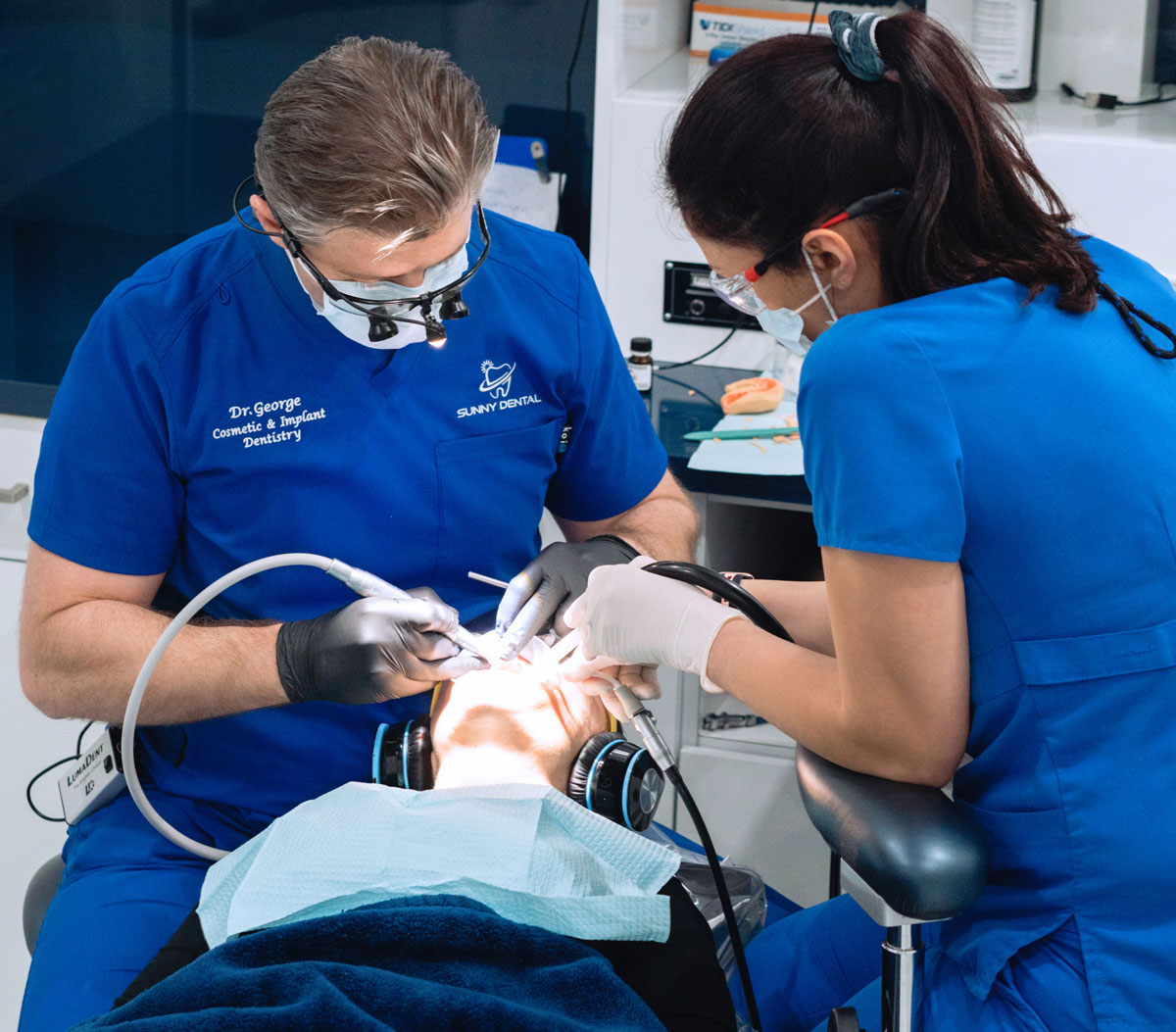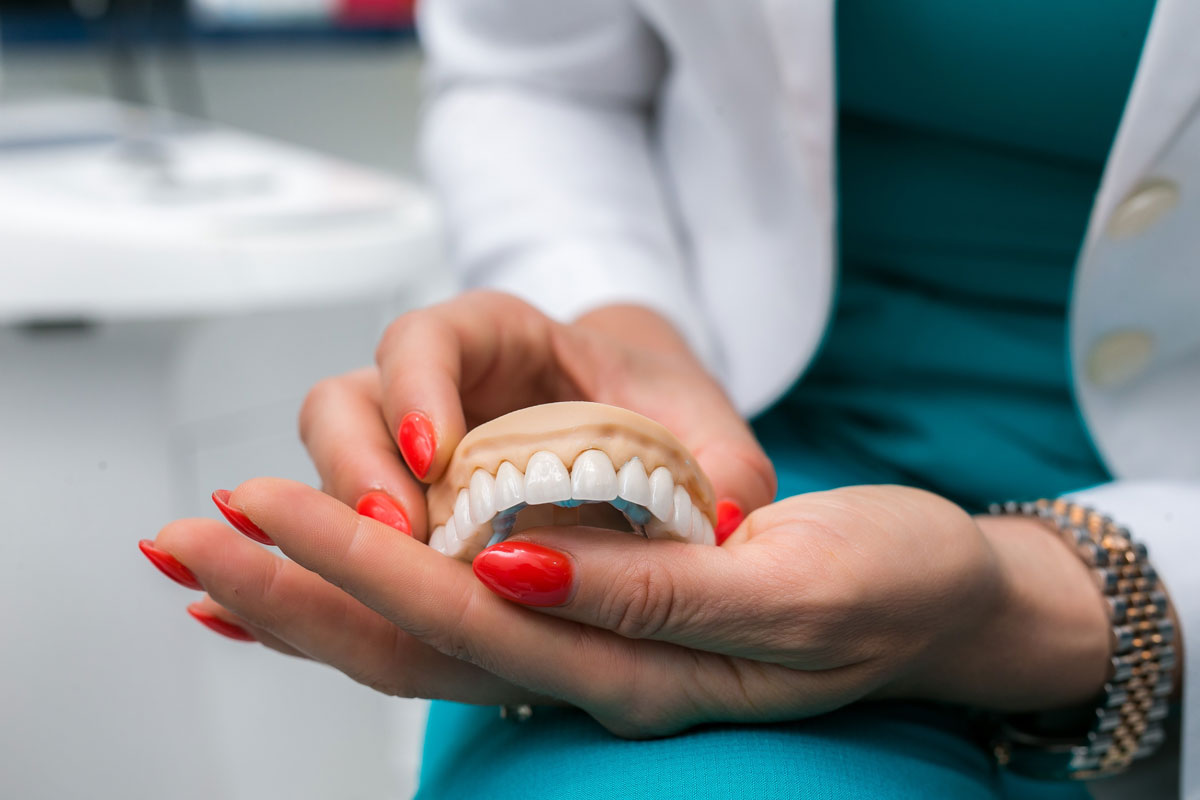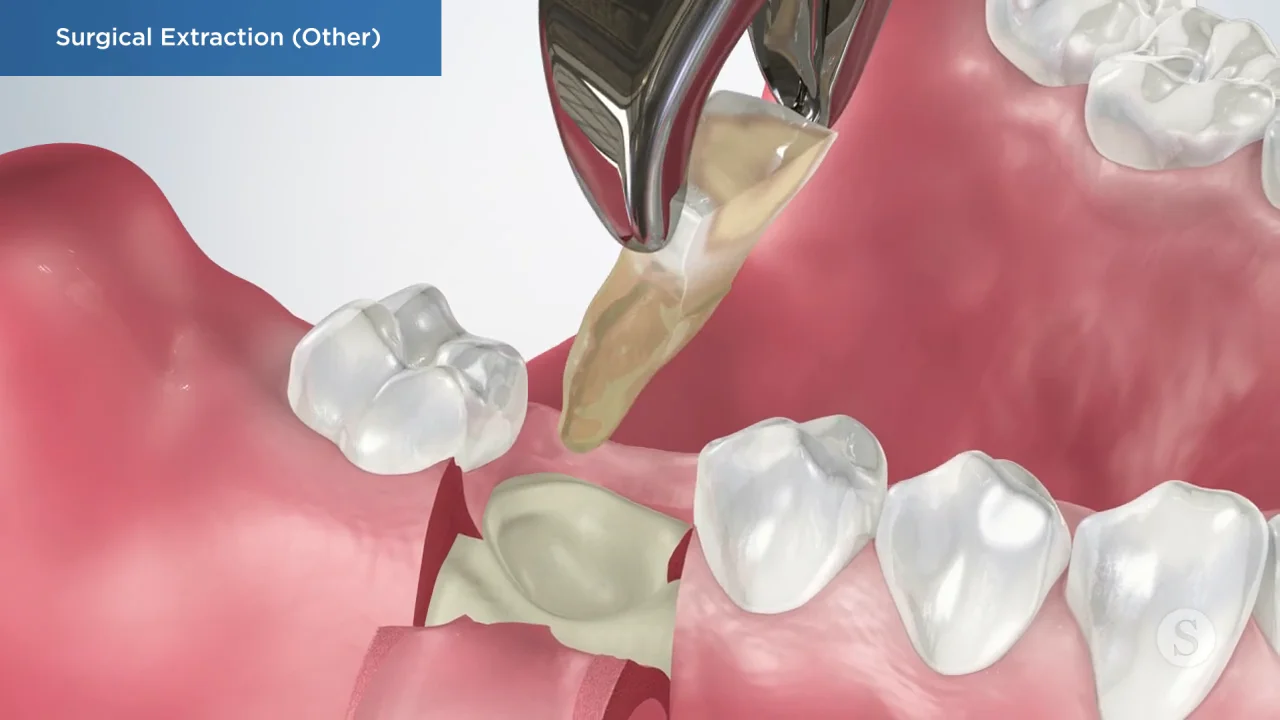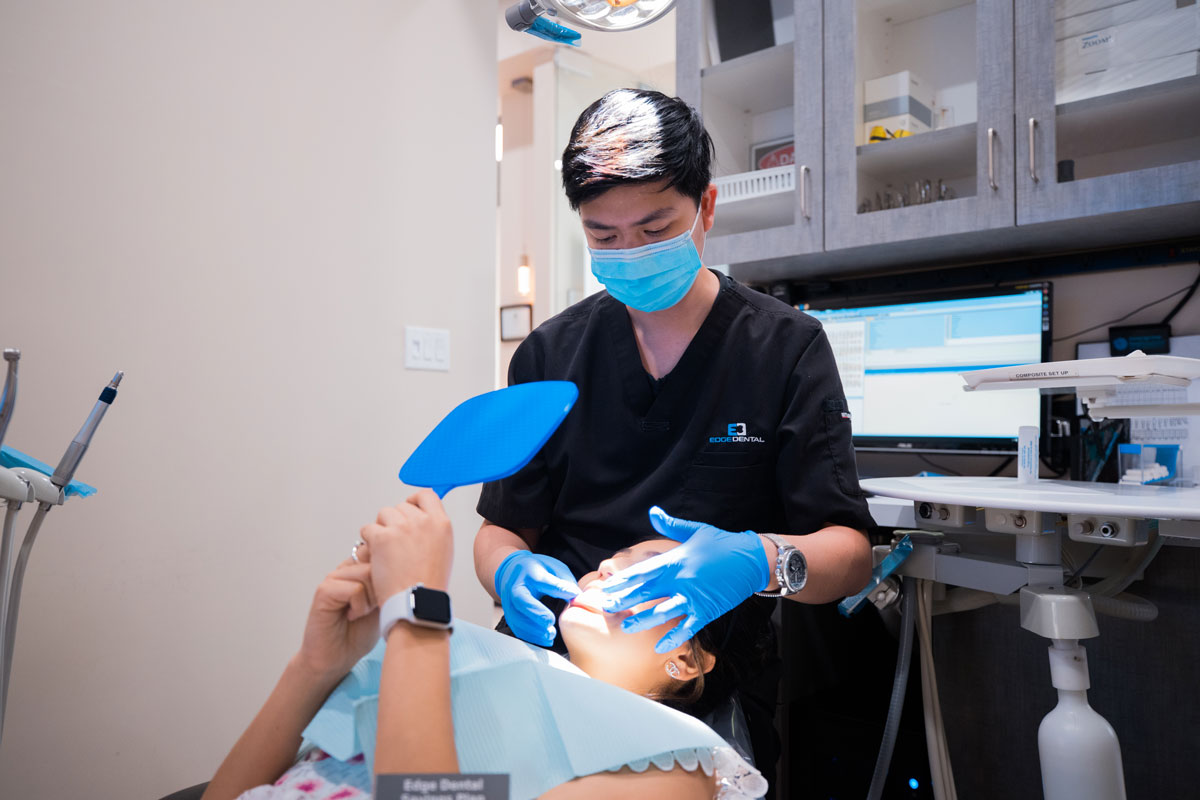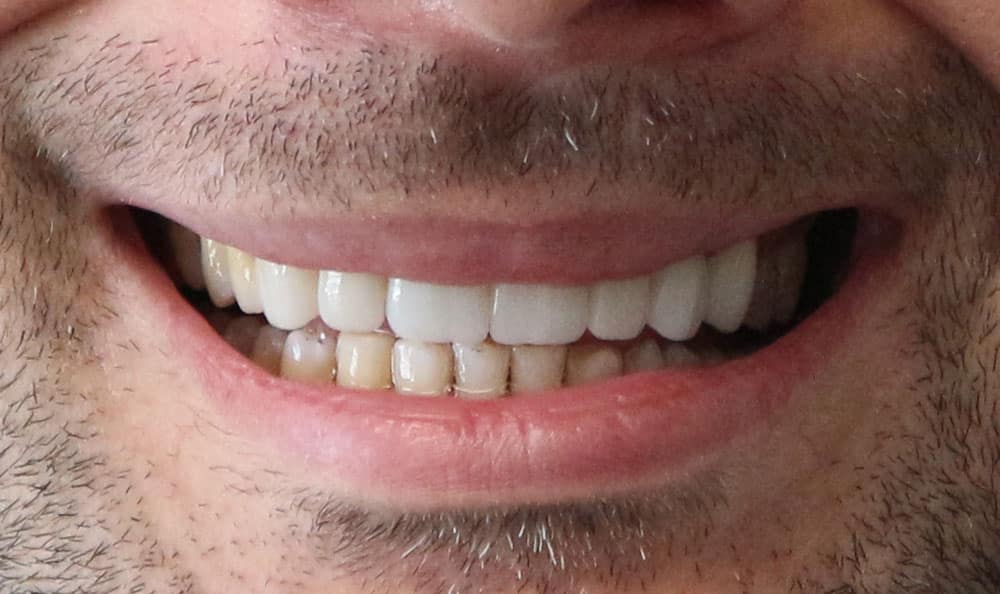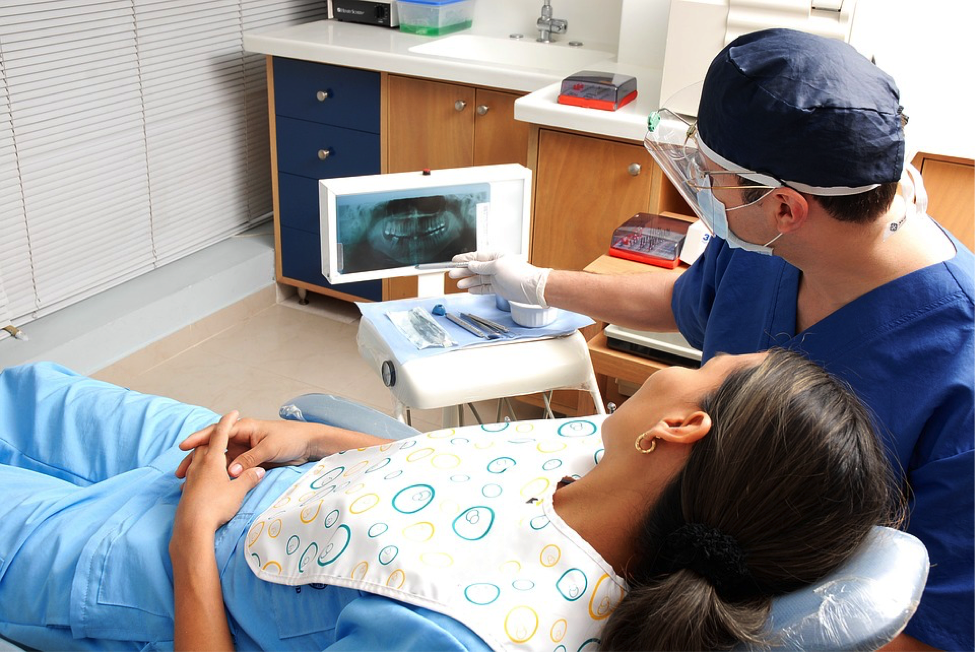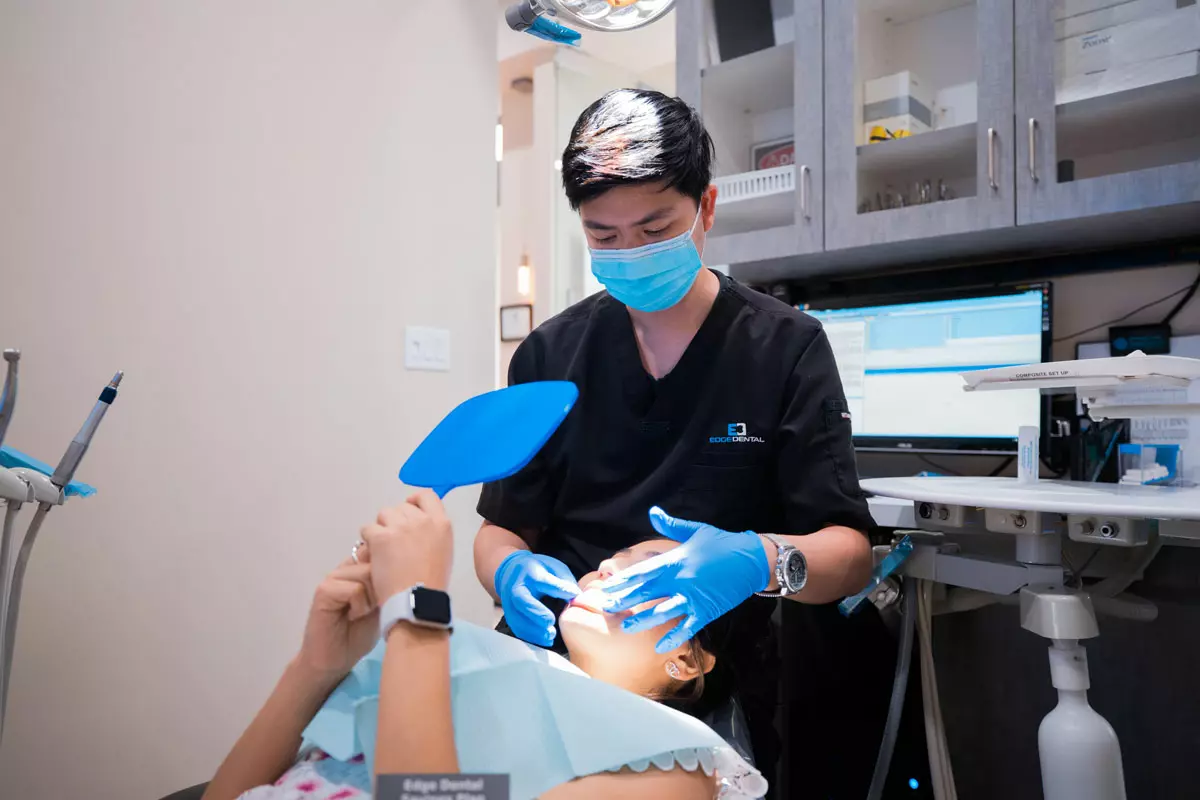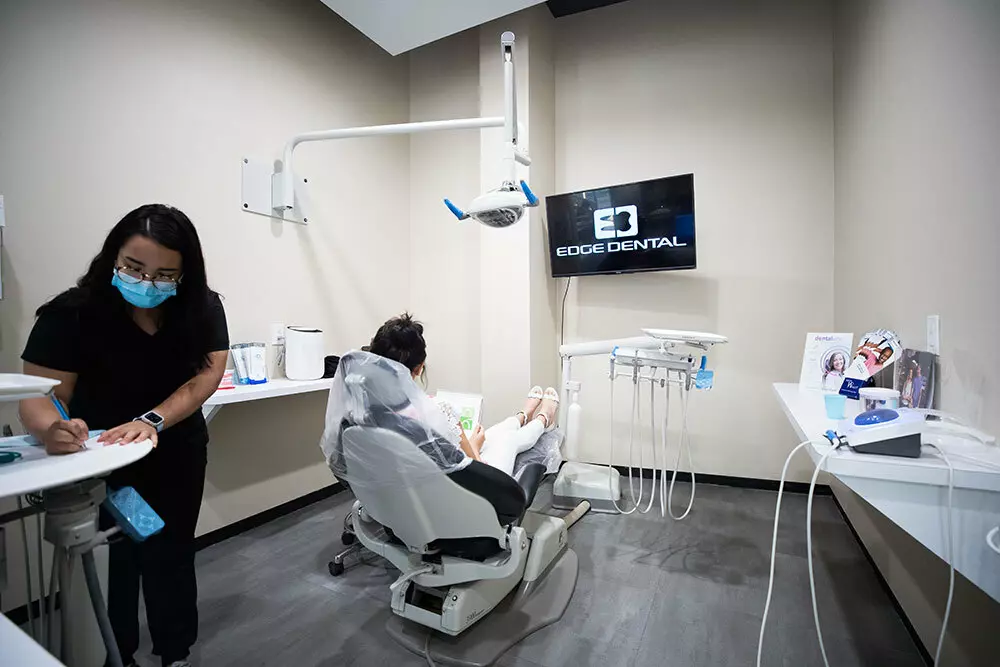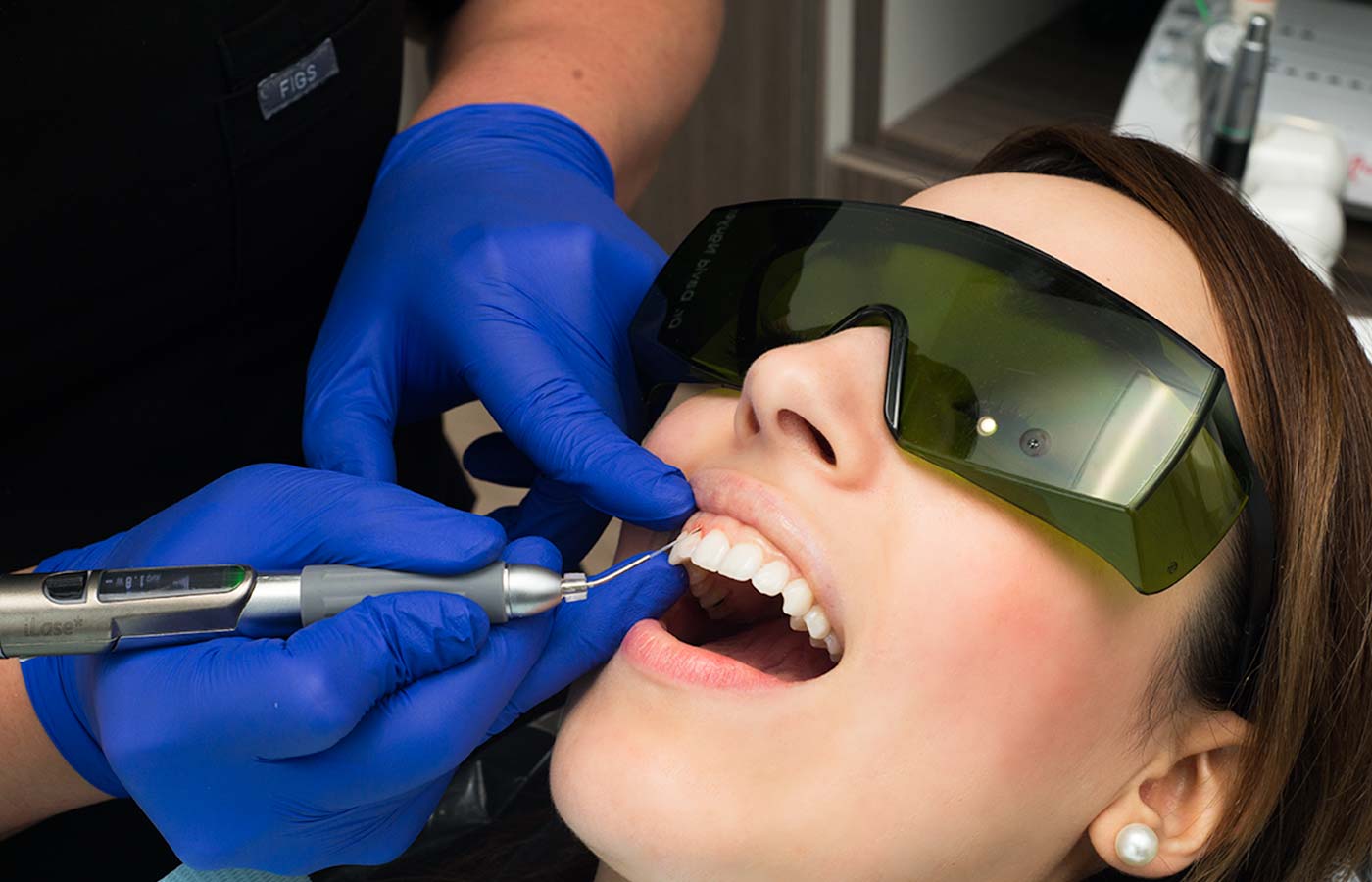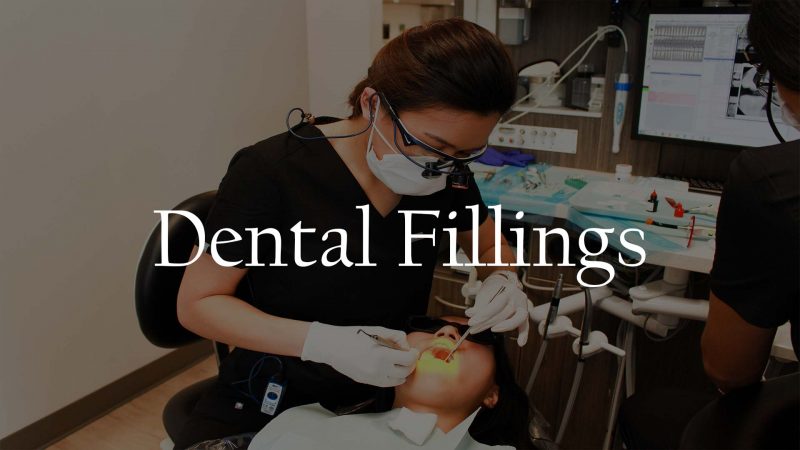Well-aligned teeth are easier to clean, lowering the risk of future gum disease treatment. Non-surgical bite correction also relieves tension on your teeth, jaws, and muscles, reducing the possibility of a broken tooth. It may also alleviate symptoms of temporomandibular joint disorders (TMJ or TMD).
Let’s observe the types of malocclusions and non-surgical bite adjustment methods.
Types of Malocclusions
Gapped Teeth
Gaps between teeth may form due to irregular jawbone growth. Missing teeth can also cause adjacent teeth to shift due to the extra space, resulting in gaps in your teeth. Spacing and gaps between teeth can cause gum difficulties (due to a lack of protection from the teeth), periodontal pockets, and an increased risk of gum disease.
Overbite
Overbite occurs when the upper teeth bite against the lower teeth. It is often caused by heredity, poor oral hygiene, or overgrowth of the bone that supports the teeth. This can cause gum inflammation, wear on the lower teeth, and painful jaw and joint problems.
Underbite
Underbite occurs when the lower teeth protrude beyond the front teeth. It is typically caused by undergrowth of the upper jaw, overgrowth of the lower jaw, or both. Missing top teeth may also cause it. This can hinder the normal function of the front teeth or molars, resulting in tooth wear. It might also result in painful jaw and joint issues.
Open Bite
An open bite develops when certain teeth cannot physically contact the opposing teeth to form a normal bite. It is most commonly caused by a genetic abnormality in the jaw structure or excessive thumb-sucking. An open bite can result in poor or uncomfortable chewing and speech problems. It can lead to more severe disorders, such as temporomandibular joint dysfunction (TMJ).
Crowded Teeth
Tooth crowding happens when there isn't enough room in the jaw for all teeth to fit correctly. When left untreated, overcrowded teeth can worsen over time, resulting in severely crooked teeth. This crowding can cause plaque buildup, tooth decay, and a higher risk of gum disease.
Crossbite
Crossbite occurs when the upper and lower jaws are misaligned. It causes one or more upper teeth to bite against the inside of the lower teeth and can occur on both the front and sides of the mouth. This can cause tooth wear, gum disease, and bone loss.
Non-Invasive Methods to Correct Malocclusion
Although more severe cases of malocclusion may require dental surgery (such as jaw surgery), numerous non-surgical bite correction treatments are more common:
1. Night Guards
Do you suffer from bruxism (tooth grinding)? If so, your dentist may offer a night guard, a custom-made plastic dental appliance that fits over your upper or lower teeth. Night guards are typically worn as you sleep. The goal is to lessen the wear and tear on your teeth caused by grinding, which will help correct a problematic bite.
2. Tooth Reshaping
When teeth are fairly well aligned but still do not contact ideally, tooth reshaping may be the best non-surgical bite correction option. Rough or uneven teeth can be filed down to equally distribute the pressure of your bite over all of your teeth. The dentist asks you to bite down on a piece of coated paper between your upper and lower teeth.
3. Orthodontics
Orthodontists are typically the ones who cure malocclusions. Dental braces, orthodontic retainers, and other dental appliances gradually shift teeth into the desired position. This process can take anywhere between 12 and 24 months. Teeth alignment issues are easier and faster to treat if addressed early on. Dental braces are more popular in children and adolescents since their jaws are still developing and their teeth are simpler to shift. However, this does not rule out the possibility of orthodontic treatment for adults! It simply indicates it may take a little longer.
4. Replacement and Reconstruction
This involves restoring any worn or damaged previous dental work, such as a tooth filling. It also includes using dental bonding or a dental crown to repair cracked, damaged, or severely decayed teeth. The goal is to generate healthy teeth of the appropriate size and shape.
